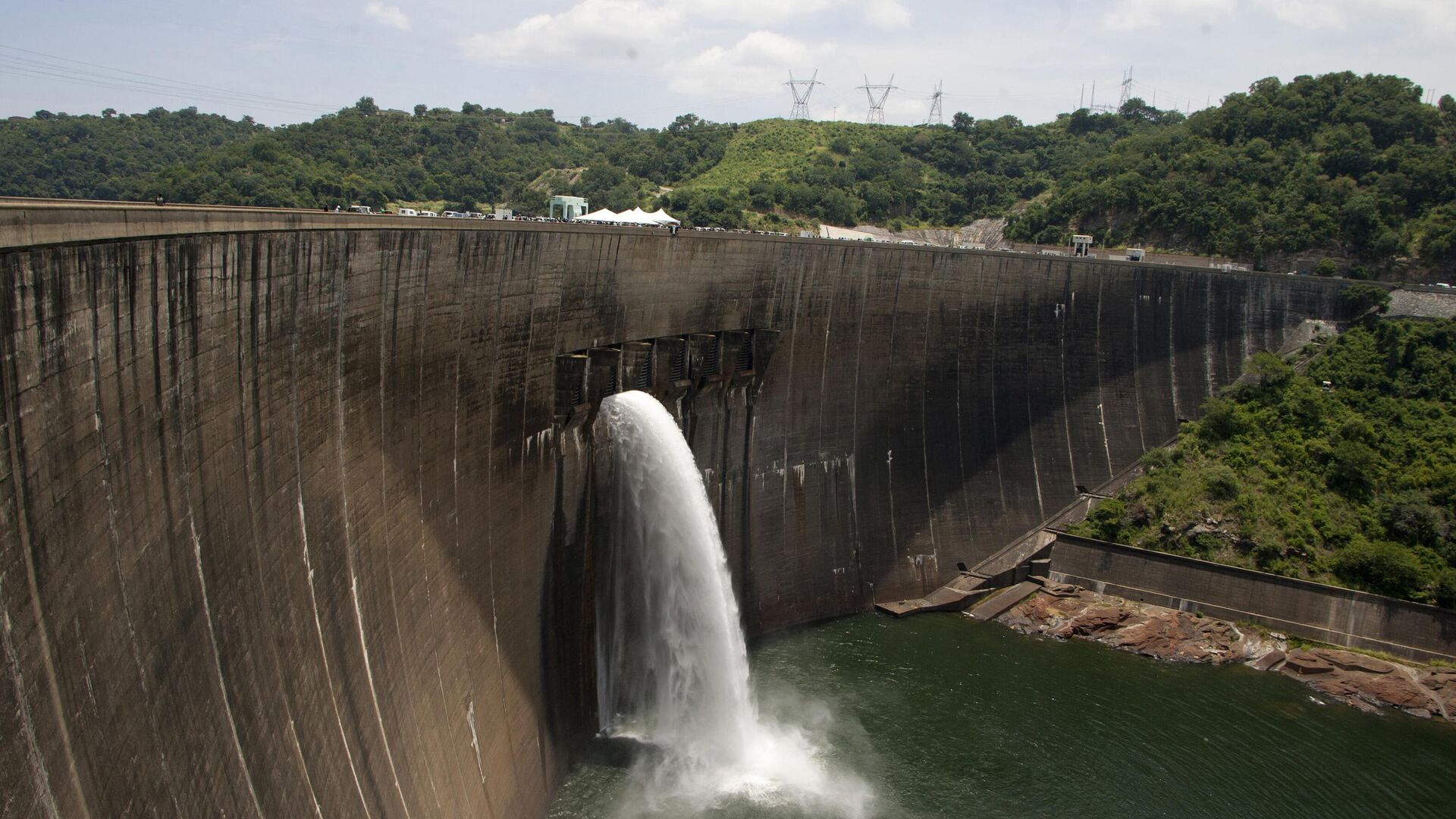https://sputnikglobe.com/20221202/zambia-to-limit-electricity-due-to-water-shortage-in-lake-kariba-1104979382.html
Zambia to Limit Electricity Due to Water Shortage in Lake Kariba
Zambia to Limit Electricity Due to Water Shortage in Lake Kariba
Sputnik International
Zambia is planning to practice a new power load management regime that would see electricity supply for domestic consumers decreased starting 15 December
2022-12-02T15:55+0000
2022-12-02T15:55+0000
2022-12-02T15:55+0000
africa
southern africa
zambia
power
hydropower
https://cdn1.img.sputnikglobe.com/img/07e6/0c/02/1104979235_0:137:3153:1911_1920x0_80_0_0_bc3792aa7ae8bf54da55ce6e370b009f.jpg
Zambia will apply a new electrical power load regime that will see the electricity supply for domestic consumers decrease from December 15, the country’s Ministry of Energy announced on Friday. The ministry said that the decision was taken due to a drop in water levels in Lake Kariba, Zambia’s main hydropower resource.The ministry explained that Kariba’s water level has dropped to 4.1% of usable storage for the country’s Kariba North Bank Power Station, as well as for neighboring Zimbabwe’s Kariba South Bank Power Station, as a result of the reduced water inflow from the Zambezi River and its tributaries.Kapala also added that his ministry was advised by the Zambezi River Authority, a jointly owned corporation by Zambia and Zimbabwe operating the Kariba Dam, to cut hydropower generation from 1080 MW to 800 MW for Zambia, and from 1050 MW to 300 MW for its neighbor.
africa
southern africa
zambia
Sputnik International
feedback@sputniknews.com
+74956456601
MIA „Rossiya Segodnya“
2022
Muhammad Nooh Osman
https://cdn1.img.sputnikglobe.com/img/07e4/08/0e/1080170965_2:0:2050:2048_100x100_80_0_0_1de8233c87df0979e7e74f61b6ffacad.jpg
Muhammad Nooh Osman
https://cdn1.img.sputnikglobe.com/img/07e4/08/0e/1080170965_2:0:2050:2048_100x100_80_0_0_1de8233c87df0979e7e74f61b6ffacad.jpg
News
en_EN
Sputnik International
feedback@sputniknews.com
+74956456601
MIA „Rossiya Segodnya“
Sputnik International
feedback@sputniknews.com
+74956456601
MIA „Rossiya Segodnya“
Muhammad Nooh Osman
https://cdn1.img.sputnikglobe.com/img/07e4/08/0e/1080170965_2:0:2050:2048_100x100_80_0_0_1de8233c87df0979e7e74f61b6ffacad.jpg
zambia, zambia limit electricity supply, water shortage in lake kariba, water level in lake kariba
zambia, zambia limit electricity supply, water shortage in lake kariba, water level in lake kariba
Zambia to Limit Electricity Due to Water Shortage in Lake Kariba
Muhammad Nooh Osman
Writer/Editor
More than 75 percent of Zambia’s power generation comes from hydropower produced mainly in Lake Kariba, the world's largest artificial lake and reservoir. The lake is located along the border between Zambia and Zimbabwe.
Zambia will apply a new electrical power load regime that will see the electricity supply for domestic consumers decrease from December 15, the country’s Ministry of Energy announced on Friday. The ministry said that the decision was taken due to a drop in water levels in Lake Kariba, Zambia’s
main hydropower resource.
The ministry explained that Kariba’s water level has dropped to 4.1% of usable storage for the country’s Kariba North Bank Power Station, as well as for neighboring Zimbabwe’s Kariba South Bank Power Station, as a result of the reduced water inflow from the Zambezi River and its tributaries.
“The low water level situation in lake Kariba threatens the power generation from both the Kariba North Bank Hydropower station and Kariba South Bank Hydropower station,” said Zambian Energy Minister Peter Kapala, arguing that unless the power demand be reduced, the remaining water would not be sufficient for power generation by December 15.
Kapala also added that his ministry was advised by the Zambezi River Authority, a jointly owned corporation by Zambia and Zimbabwe
operating the Kariba Dam, to cut hydropower generation from 1080 MW to 800 MW for Zambia, and from 1050 MW to 300 MW for its neighbor.



